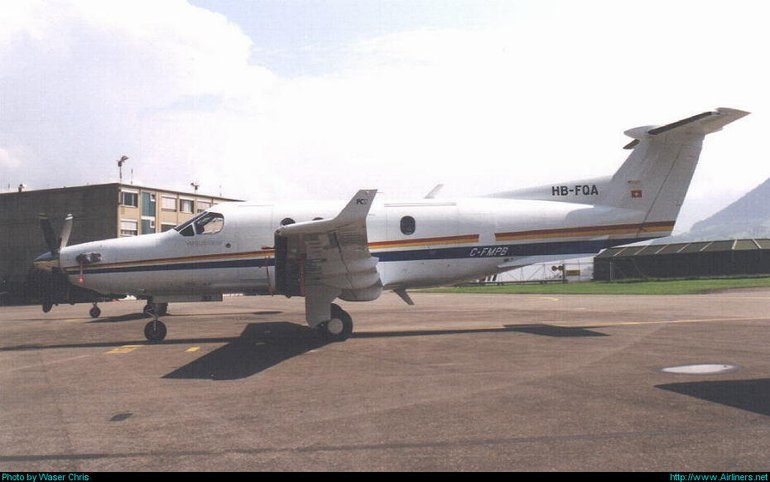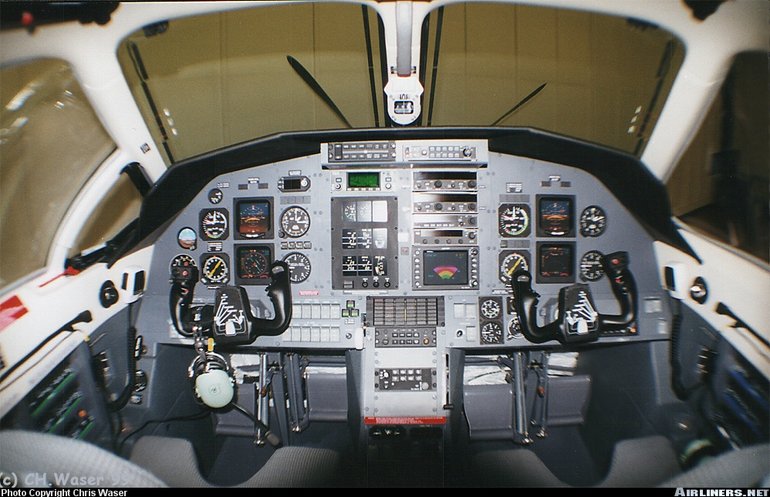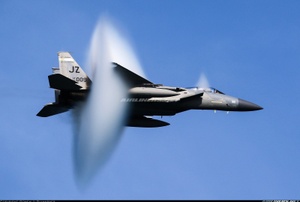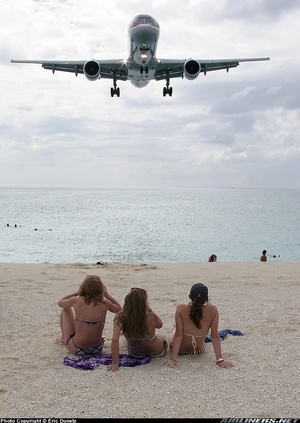Pilatus PC12
Details
Country of Origin
Switzerland
Type
Utility, regional airliner and corporate turboprop
History
The PC-12 is a King Air class and size turboprop aimed at corporate transport and regional airliner operators. It is the latest in a line of single engined PT6 powered Pilatus products.
Pilatus announced it was developing the PC-12 at the National Business Aircraft Association's annual convention in October 1989. First flight of the first of two prototypes occurred on May 31 1991. Certification was originally planned for mid 1993 but a redesign of the wings with the addition of winglets to ensure performance guarantees were met pushed this back, with Swiss certification awarded on March 30 1994 and US FAA FAR Part 23 approval following on July 15 1994.
Compared to the King Air 200 twin, its major competitor, the PC-12's most significant design feature is its use of a single PT6A-67B turboshaft. Internally the PC-12's cabin is also longer (by 6cm/2.4in) and wider (by 15cm/6in) than the King Air 200's, and the same height. The cockpit features EFIS displays and the PC-12 is certificated for single pilot operation while each PC-12 built features a standard cargo door in the rear fuselage. Weather radar is an option but has been fitted to all production aircraft thus far. From 1997 the increased 4.5 tonne MTOW has been standard. New, smaller winglets were introduced in 1998.
The PC-12 is offered in standard nine seat airliner form, in a four passenger seat/freight combi version and as a six place corporate transport. A pure freighter model is under consideration. The PC-12 Eagle is a military special missions platform.
Most PC-12s built thus far have been corporate transports but recent important regulatory changes in Australia, Brazil, Canada and the USA have cleared single engine turboprops for IFR RPT operations in those nations. This has opened up new potential markets for the PC12 as a regional airliner, replacing older King Airs and elderly piston twins such as the Navajo Chieftain and Cessna 400 series.
Powerplants
One 895kW (1200shp) takeoff rated Pratt & Whitney Canada PT6A67B turboprop driving a four blade constant speed Hartzell propeller.
Performance
Max cruising speed at 25,000ft 500km/h (270kt), economical cruising speed 430km/h (232kt). Initial rate of climb 1680ft/min. Max operating altitude 30,000ft. Max range at economical cruising speed with VFR reserves 4187km (2260nm). Range at max cruising speed with IFR reserves 2965km (1600nm).
Weights
PC12 - Standard empty 2600kg (5732lb), max takeoff 4500kg (9920lb).
Dimensions
Wing span 16.23m (52ft 3in), length 14.40m (47ft 3in), height 4.27m (14ft 0in). Wing area 25.8m2 (277.8sq ft).
Capacity
Flightcrew of one or two pilots (certificated for single pilot). Seating for nine in main cabin in regional airliner configuration. Corporate/executive transport configurations typically seat six in main cabin. Combi passenger/freight version seats four passengers in main cabin plus freight pallet.
Production
Over 280 PC-12s delivered by end of April.
Related Links
Pilatus PC12
The backbone of this section is from the The
International Directory of Civil Aircraft by Gerard Frawley
and used with permission. To get your own copy of the book
click here.



















